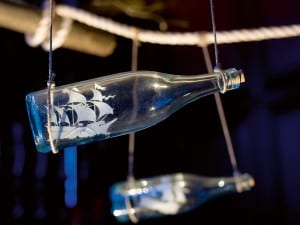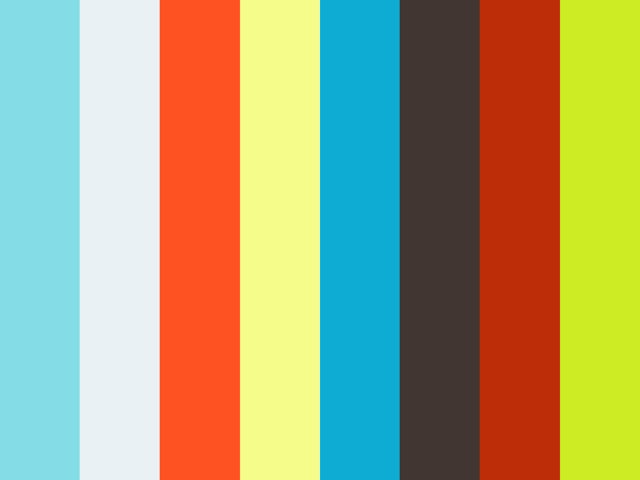Text by Travis Riley
Entering Asier Mendizabal’s solo show at Raven Row, the friendly greeting of the gallery receptionist is perfectly complemented by, what seem to be, two mock-worn, ornamental park benches. They are entitled Hard Edge #5 and #6 (both 2011), and look very much at home in a white-walled foyer. The sham wood effect is produced by several sheets of affixed MDF, the dark glued edges imitate the appearance of a wood-grain, albeit much too uniform to be natural. Angled swathes have been cut from the sculptures, giving the impression of use, but the cuts are symptomatically precise. These works are emblematic of what is to come in the show. Overtly deliberate in their presentation, they imply a play on abstraction, with direct reference to Modernist sculpture, but also exhibit a system of signs that allows multiple possible meanings or functions. Through the employment of visual, cultural, and ideological symbols, Mendizabal intends to call attention to mass-participatory, sub-cultural, and political ideals.
In the next room, it is La Ruota Dentata [The Cogwheel] (2009) that really breaks the ice. Industrial in appearance, La Ruota Dentata is a large-scale sculpture made from concrete surfaces and an iron frame. It appears to be the skeletal structure of an incomplete cog, containing only its top three teeth. The form of a cogwheel symbolically speaks of collectivism and labour, but its fragmentary form gives a sense of expectation, the omission goes unexplained. The main body of the sculpture is leant up against a platform, causing it to face outwards, angled from the corner of the room, consuming the open space before it, and generating a directional gaze to another piece of wheel-like equipment. Untitled (Targu Jiu) (2010) is a concrete cast of a large tyre from a piece of heavy machinery. The tyre is deprived of air, its central gap, and consequently, of any sense of functionality.
Throughout the exhibition Mendizabal juxtaposes his more abstract sculptural forms against more immediately political work hung on the walls. In this room, contrasting with the representations of machinery, there are: a set of prints from Mendizabal’s Figures and Prefigurations (2009) series, showing images of ideological crowds and rallies obscured by templates of early Modern photomontages, Bigger than a Cult Smaller than a Mass (2006) a direct presentation of a series of sixteen flags concealing a wall of newsprint behind them, and an essay giving a coherent theoretical reference point from which to view the show.
The essay presents and contextualises quotes from a letter written by Jorge Orteiza. The letter was addressed to the judges of a 1952 sculptural competition, run through the ICA, for a sculpture as a monument to “The Unknown Political Prisoner”. Along with the Medizabal’s own remarks concerning the objectionable subject matter, the essay allows quotations from the letter in question to address an argument conveying the issues of abstract sculptures potential to provide apt political representation. Needless to say, the topic sits very comfortably within the themes of the surrounding work.
Given the heavy contextualisation of the exhibition literature and two further essays presented alongside, it is possible to get so caught up in the series of references as to miss Mendizabal’s strongest suit, his remarkable sculptural intuition. In Le Trou (The Hole) (2009) he converts bathroom tiles and Styrofoam into a free standing tiled surface, that appears absurdly two-dimensional when viewed from the front. Its conceptual reference points, from French cinema, and a Basque prison escape (made clear in the exhibition literature) add a political dimension to the work, but cannot be perceived in any way from the fabric of the sculpture. Although conceptually interesting, they ultimately detract from the piece’s curious material value.
Further proof of Mendizabal’s sculptural deftness of touch is Know Your Rights (2009). The sculpture consists of an aluminium frame covered with rectangles of plasterboard. It takes the strictly symmetrical shape of a recumbent ‘K’, and fills one of the gallery’s small rooms. Although, the jutting diagonals of the structure don’t reach far from the floor, the leaning angles draw the spectator into the sculpture, giving a heightened sense of spatial awareness, almost to the point of vertigo. It is illusively simple in form compared to the other sculptures, but its use of the materials and aesthetics of modern construction mean it retains an immediate reference point despite its abstraction.
In many of Mendizabal’s works, what is omitted is as important as what is shown. The missing two thirds of La Ruota Dentata, the newspaper hidden behind the flags of Bigger than a Cult Smaller than a Mass, and the ink showing through from the reverse of the page in his beguiling prints, entitled Assemble (this is the way its done) are all accomplished examples of this motif. Further to this, the very deliberate curation of the individual pieces is admirable. Series of works are not presented together, but separated across the three floors of the gallery, aiding a coherent, correlative reading of the work as a whole, and providing much more contrast and intrigue along the way. Contrarily, throughout the show, too much information is given too soon. The works are strong enough in their own right for the viewer to be given the chance to read them independent of the provided material. Go and see the show, but maybe take the essay home with you to read later instead.
Asier Mendizabal, 08/12/2011 – 12/02/2012, Raven Row, 56 Artillery Lane, London. www.ravenrow.org
Raven Row will host Asier Mendizabal in conversation with Pablo Lafuente, an editor at Afterall and curator at the Office for Contemporary Art Norway, and Alex Sainsbury, Raven Row’s director, to talk about his current exhibition and practice on Wednesday 18 January at 7pm. This event is free but booking is essential as space is limited. Please email info@ravenrow.org to reserve a place.
Aesthetica in Print
If you only read Aesthetica online, you’re missing out. The December/January issue of Aesthetica offers a diverse range of features from The Way We Live Now, which is on at the Design Museum, London, to Anselm Kiefer opening at Tel Aviv Museum of Art, to a look at Danser Sa Vie at Pompidou Centre, which examines the place dance holds in art history. Plus it comes with its very own DVD of short films from the Aesthetica Short Film Festival.
If you would like to buy this issue, you can search for your nearest stockist here. Better yet call +44 (0) 1904 629 137 or visit the website to subscribe to Aesthetica for a year and save 20% on the printed magazine.
Captions:
1. Bigger than a Cult, Smaller than a Mass (one, two backdrops), 2006
Fabric and newspapers
Collection of Patric San Juan, Bilbao
Photo: Marcus J.Leith
2. La Ruota Dentata (The Cogwheel), 2009
Iron and concrete
Museo Centro de Arte Reina Sofía, Madrid
Photo: Marcus J. Leith




